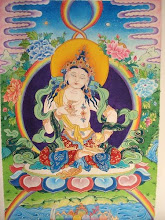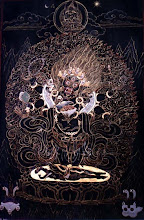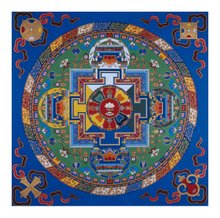 As early as the 1930's Western scholars were questioning the historical accuracy of the Four Noble Truths as the subject of the Buddha's first discourse. One noted that the language appeared to be a gloss written for the monastic community, another that versions of the Four Noble Truths exist in other Indian religious texts that predate the Buddha (Yogabhasya and Nyayabhasya), still another that there may have been a mistaken conflation between the Four Worthy True Things (as one scholar translated the Four Noble Truths) and the Four Paths (magga) or the Four Stages of Mindfulness (sattipatthana). More modern linguistic analyses have revealed no single fixed grammatical form for the various iterations of Four Noble Truths. In fact the four propositions were in their earliest expression probably not known as “noble” nor as “truths,” and were most likely inserted into the Dhammacakkappavattana-sutta at some later date, but still prior to the final redactions of the Theravada cannon. To account for the similarity of redacted versions, one scholar has offered a principle of leveling, that where all known versions of a passage agree, this is probably the result of harmonizing of earlier traditions.
As early as the 1930's Western scholars were questioning the historical accuracy of the Four Noble Truths as the subject of the Buddha's first discourse. One noted that the language appeared to be a gloss written for the monastic community, another that versions of the Four Noble Truths exist in other Indian religious texts that predate the Buddha (Yogabhasya and Nyayabhasya), still another that there may have been a mistaken conflation between the Four Worthy True Things (as one scholar translated the Four Noble Truths) and the Four Paths (magga) or the Four Stages of Mindfulness (sattipatthana). More modern linguistic analyses have revealed no single fixed grammatical form for the various iterations of Four Noble Truths. In fact the four propositions were in their earliest expression probably not known as “noble” nor as “truths,” and were most likely inserted into the Dhammacakkappavattana-sutta at some later date, but still prior to the final redactions of the Theravada cannon. To account for the similarity of redacted versions, one scholar has offered a principle of leveling, that where all known versions of a passage agree, this is probably the result of harmonizing of earlier traditions.As logical propositions, Anderson finds the Four Noble Truths functioning in the Abhidhamma as denaturalized discourse, an abstraction in a net of abstractions and of no particular importance in and of itself. Within the structure of the Path, as found in the Vinaya and Sutta pitakas, she finds the proposition takes on two distinct transformative powers. In the Mahavagga's conversion stories of the first one thousand members of the sangha, the Four Noble Truths, as part of a graduated discourse by the Buddha, opens the dhamma eye and enables the practitioner to realize stream entry. In the Diga and Majjhima Nikayas, comprehension of the Four Noble Truths is the last step in a graduated practice leading to the destruction of the corruptions (desire, becoming, ignorance) and arahatship. Anderson cites research to suggest the placement of the Four Noble Truths at the end of the path, as found in the Sutta Pitakas, is probably a late addition by the Theravada compilers, and notes that the ability of the Four Noble Truths to open the dhamma eye is never related in an episode where the stream enterer was taught by someone other than the Buddha. Since his passing, the Four Noble Truths then have functioned within the path as a symbol of the enlightenment experience.
As the Four Noble Truths has no historical or propositional value, being perhaps not even the words of the Buddha himself and merely one proposition in a web of logical discourse, of what particular value is it? Anderson's conclusion is that its value lies in its uniqueness, in serving both symbolic and propositional functions, and in the fact that the Theravadan community regards it highly. Despite this rather weak conclusion, this is a commendable research effort, offering students of Buddhism in clear writing a concise summary of scholarship on the Four Noble Truths. Perhaps someday soon someone will pursue the questions that Anderson has left unconsidered. Why did the Theravada compilers need to put words into the mouth of the Buddha (when there were so many to begin with)? Are there not other propositions that could have served equally well as symbols of the enlightenment experience? What does this need to create symbols and to simplify the Buddha's message tell us about early Buddhist communities?
Buddhist scholar LS Cousins offers a more critical review on the book here, arguing that Anderson may have misinterpreted some of the research she reviews.
#



























0 comments:
Post a Comment